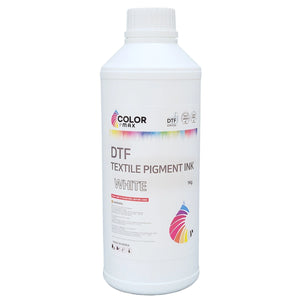A Comprehensive Guide to Understanding DTF Film Printers and Their Role in Modern Textile Printing
The textile printing industry has seen remarkable innovation over the past decade, and one of the most exciting technologies gaining popularity is the use of a DTF Film Printer. This technology has revolutionized the way designs are transferred onto fabrics, providing businesses and hobbyists alike with a versatile, cost-effective, and efficient printing method.
A DTF film printer is a specialized device that prints designs directly onto a polyester film, which can then be heat transferred onto a variety of fabric types. This printing process combines digital inkjet technology with powder adhesive application, allowing for vibrant, durable, and flexible prints.
What Is a DTF Film Printer?
A DTF film printer is a type of inkjet printer designed specifically for Direct-to-Film (DTF) printing. Unlike traditional garment printers, it prints on a transparent film using special water-based inks. After printing, an adhesive powder is applied to the film, which is then cured and transferred to fabric using a heat press.
The printer’s ability to produce detailed and colorful images makes it ideal for complex designs, gradients, and photographic prints on textiles. Moreover, it is compatible with a wide range of materials including cotton, polyester, blends, and even hard-to-print fabrics.
How Does This Printer Work?
The process starts with creating a digital design using graphic software. The printer then prints this design in reverse on a clear film using CMYK and white ink. The white ink is essential for ensuring opacity and vibrant colors, especially on dark fabrics.
Once the printing is complete, a layer of hot-melt adhesive powder is evenly applied to the wet ink. The powder sticks to the ink and is then cured using a heat tunnel or oven, solidifying the adhesive. This film is then placed on the fabric and pressed using a heat press, which melts the adhesive powder and bonds the design to the textile.
Advantages of Using This Printing Technology
1. Versatility Across Fabrics
One of the key benefits is the ability to print on virtually any fabric type without compromising design quality. Whether it is cotton, polyester, nylon, or blends, the transfer is durable and flexible.
2. High-Quality, Detailed Prints
This printing method uses advanced ink technology that produces sharp, vibrant, and detailed prints. The ability to print white ink ensures the design pops on darker materials, something many traditional printing methods struggle to achieve.
3. Cost-Effectiveness for Small to Medium Runs
Compared to screen printing or embroidery, this process requires less setup and is more cost-efficient for small batch orders. This makes it a perfect choice for startups, small businesses, and custom print shops.
4. Eco-Friendly and Less Wasteful
It uses water-based inks that are less harmful to the environment compared to solvent-based inks. Additionally, the printing process produces minimal waste, as designs are printed on-demand.
Choosing the Right Printer for This Process
When selecting a device, consider the following:
-
Print Size and Speed: Depending on your production volume, choose a printer with an appropriate print width and speed. High-volume printers can print multiple sheets quickly.
-
Ink Compatibility: Ensure the printer supports water-based CMYK and white inks designed for this printing.
-
Maintenance and Support: Choose brands or suppliers that offer good after-sales support and easy maintenance.
-
Budget: There are budget-friendly models for beginners, as well as high-end industrial printers for mass production.
To explore a wide range of printers and accessories, check out DTF Print House, a reliable supplier offering quality products and expert support.
Common Applications of This Printing Method
-
Custom Apparel: T-shirts, hoodies, sweatshirts, and sportswear.
-
Promotional Items: Bags, caps, and other fabric accessories.
-
Small Batch Fashion: Designers and boutiques can produce limited runs with detailed designs.
-
Corporate Branding: Uniforms and branded merchandise with logos or complex artwork.
Tips for Optimal Use
-
Use high-quality films compatible with your printer for better ink adhesion and easier transfer.
-
Store inks and powders properly to prevent clogging and maintain print quality.
-
Regularly clean the printer heads to avoid streaks or color inconsistencies.
-
Experiment with curing times and heat press settings to find the best balance between adhesion and fabric safety.
-
Keep your workspace dust-free to avoid powder contamination.
The Future of DTF Film Printer
DTF printing is continuously evolving with advances in ink technology, printer speed, and powder formulations. Its blend of quality, flexibility, and cost-effectiveness makes it a strong contender in the textile printing industry, especially as demand for customized apparel grows worldwide.
Learn More About Printing Technologies
For those interested in the broader field of printing technologies, the following Wikipedia article provides a thorough overview: Digital Printing - Wikipedia.
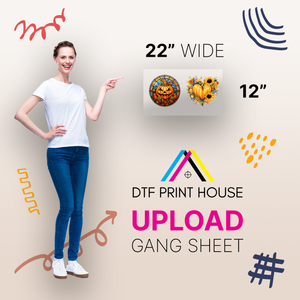
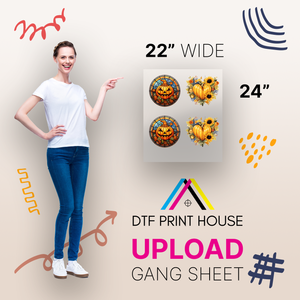 Vendor:DTF Print House
Vendor:DTF Print House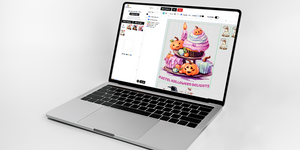 Vendor:DTF Print House
Vendor:DTF Print House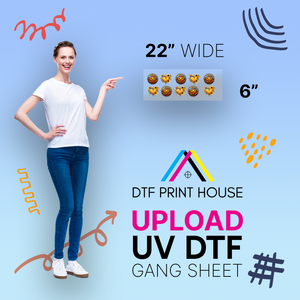
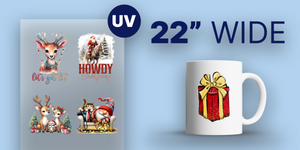 Vendor:DTF Print House
Vendor:DTF Print House